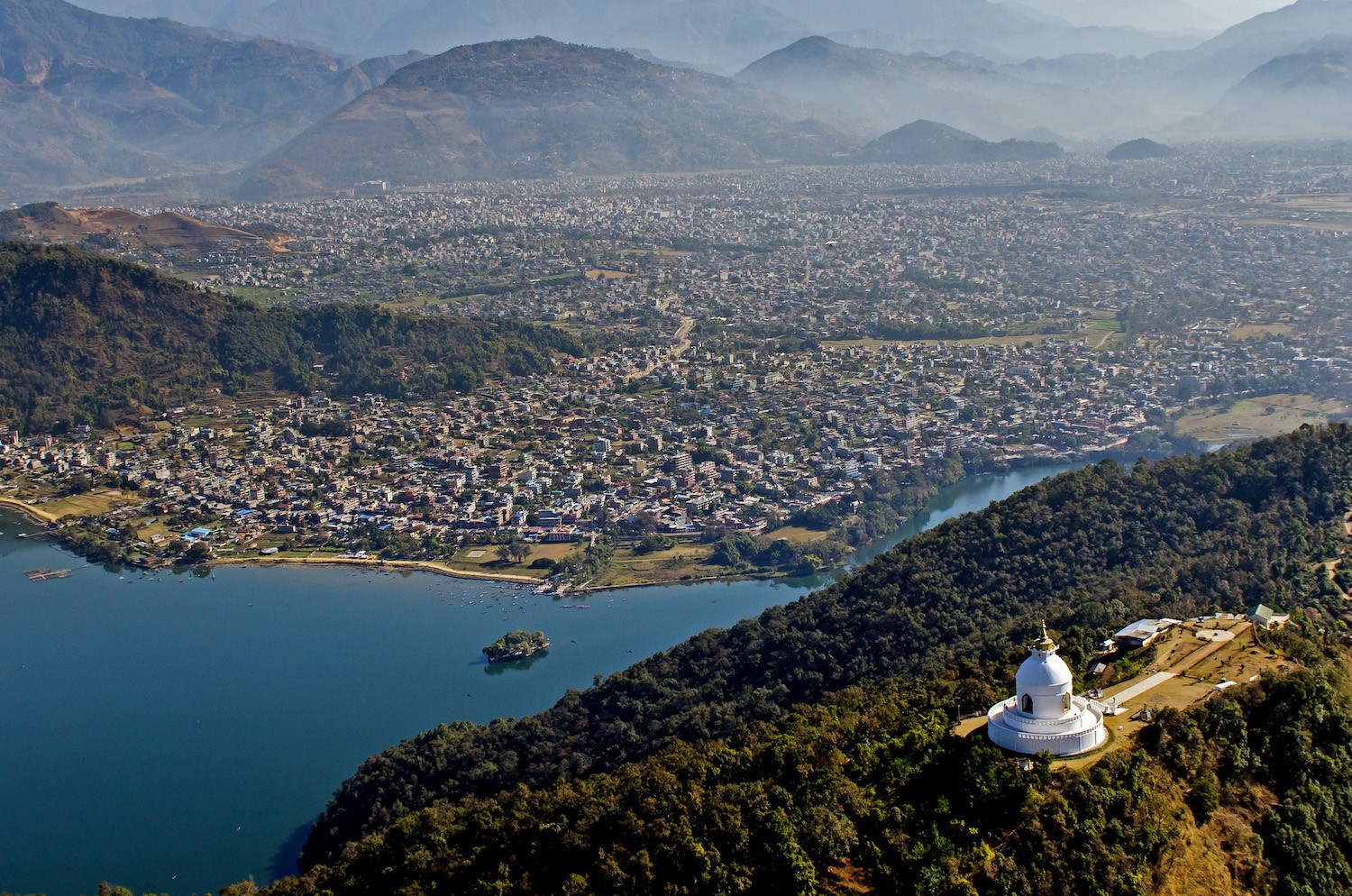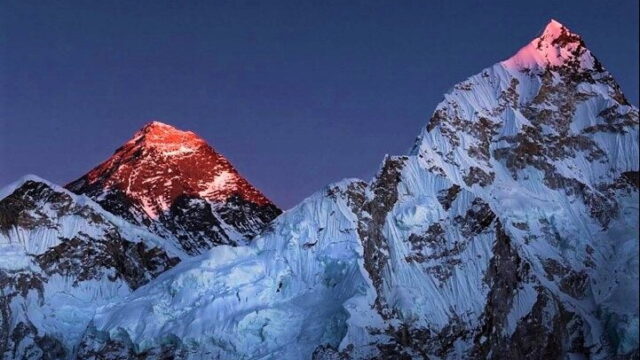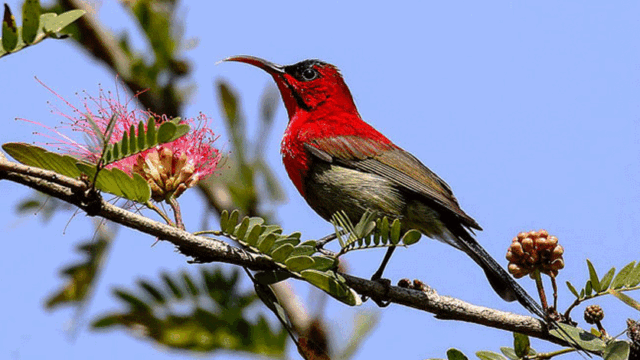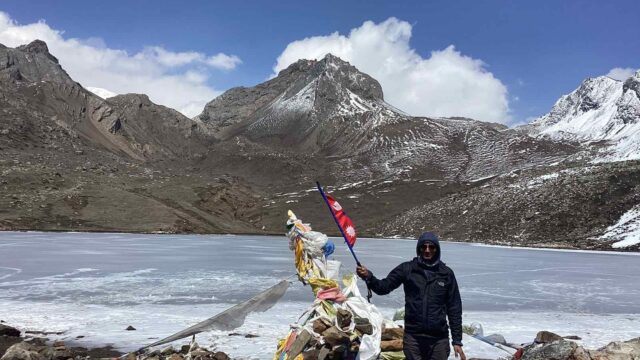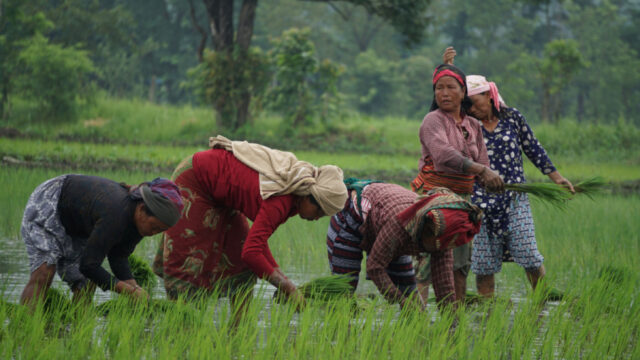Pokhara, nestled within Nepal’s Kaski District, is renowned for its natural beauty, cultural heritage, and trekking opportunities. This article provides detailed insights into the region’s lakes, trekking trails, caves, demographics, and cultural sites.
Geographical and Demographic Overview
Location and Area: Kaski District spans an area of approximately 2,017 square kilometers and is situated in the Gandaki Province of Nepal. The district is renowned for its stunning landscapes, ranging from the lowland plains to the towering peaks of the Annapurna range.
Population: According to the 2021 National Population and Housing Census, Kaski District has a total population of 492,098, with 233,463 males and 258,635 females. The district is home to a diverse range of ethnic groups, contributing to the rich cultural fabric of the region.

Major Lakes in Kaski
1. Phewa Lake : Covering an area of about 4.43 square kilometers, Phewa Lake is the second-largest lake in Nepal. It has a maximum depth of approximately 24 meters and is a popular spot for boating and fishing. In 2024, around 50,000 tourists are expected to visit the lake annually, enjoying activities like boating and photography, as well as visiting the Tal Barahi Temple located on an island in the lake.
2. Begnas Lake : Located 15 kilometers east of Pokhara, Begnas Lake encompasses an area of 3.28 square kilometers with a maximum depth of 10 meters. It offers a tranquil environment, ideal for relaxation and boating. Around 35,000 tourists are expected to visit the lake in 2024, making it a peaceful retreat compared to more crowded destinations.
3. Rupa Lake : Adjacent to Begnas Lake, Rupa Lake covers an area of 1.35 square kilometers and reaches a maximum depth of 6 meters. With fewer visitors, it provides a serene escape for those looking to avoid the crowds. In 2024, approximately 10,000 visitors are expected to explore the area.
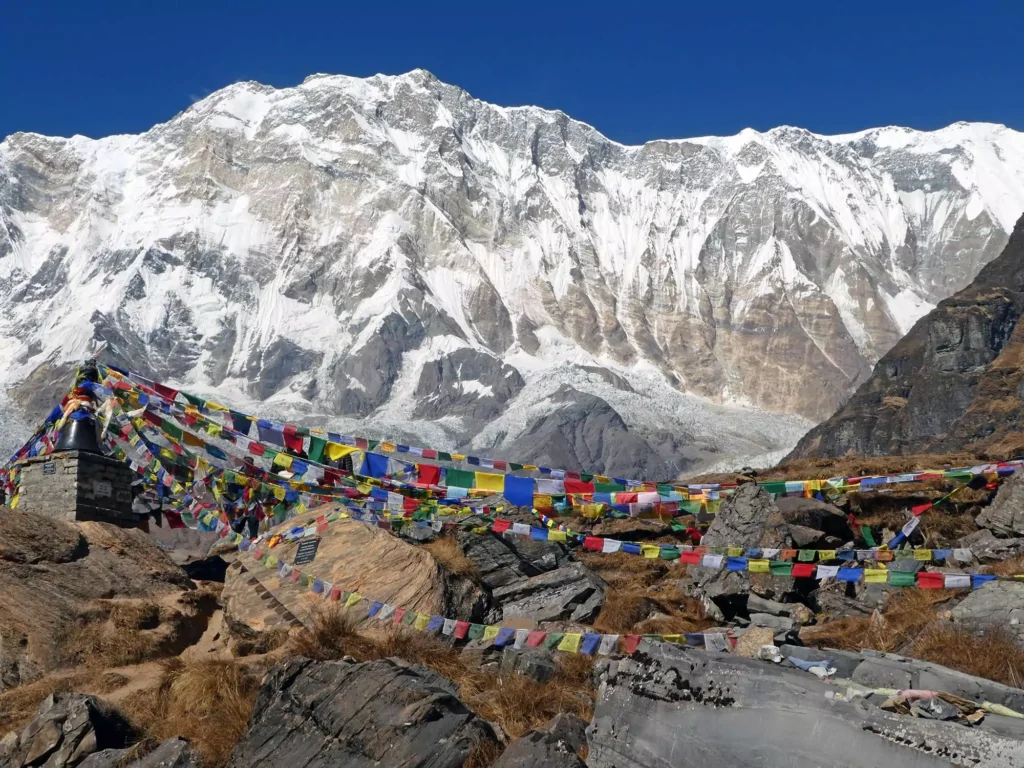
Prominent Trekking Trails
1. Annapurna Base Camp (ABC) Trek : This trek covers a distance of approximately 115 kilometers round trip, reaching an altitude of 4,130 meters at the base camp. It typically takes 7-12 days to complete, depending on the itinerary. In 2023, more than 40,000 trekkers visited Annapurna Base Camp, making it one of the most popular trekking destinations in Nepal. With increasing tourism trends, it is expected to attract more than 45,000 trekkers in 2024.
2. Ghorepani Poon Hill Trek : A shorter trek of about 32 kilometers round trip, it reaches a maximum elevation of 3,210 meters at Poon Hill. The trek usually takes 3-5 days and is renowned for panoramic sunrise views over the Himalayas. In 2023, about 20,000 trekkers completed this trail, and the trend continues to grow as it remains an ideal trek for both novice and experienced trekkers. It is estimated that 25,000 trekkers will visit in 2024.
3. Mardi Himal Trek : Spanning approximately 50 kilometers round trip, this trek reaches up to 4,500 meters at Mardi Himal Base Camp. It offers stunning views of Machapuchare (Fishtail) and the Annapurna range over 5-7 days. In 2023, around 12,000 trekkers embarked on the Mardi Himal trek, and the number is expected to increase to 15,000 in 2024.
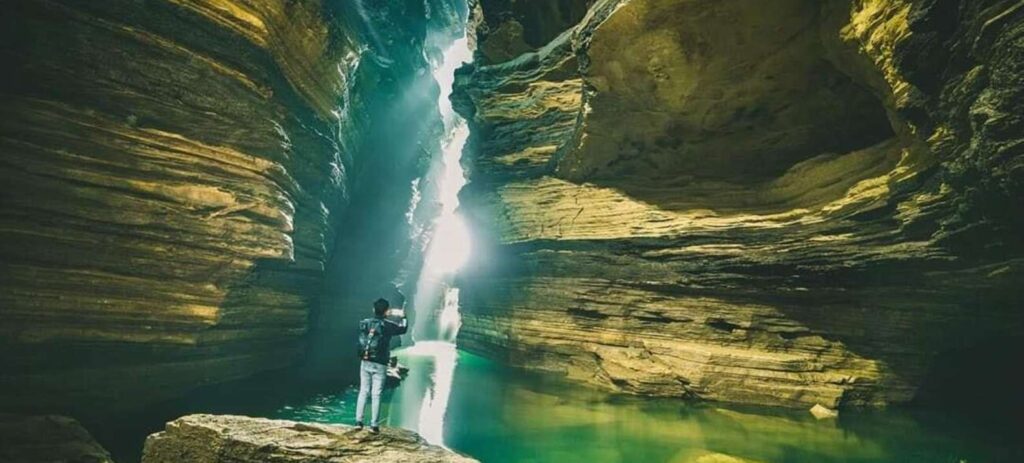
Notable Caves
1. Mahendra Cave : A limestone cave extending about 200 meters in length, known for its stalactites and stalagmites. It is a popular tourist attraction in the region, with an estimated 20,000 visitors annually.
2. Bat Cave (Chamero Gufa) : Approximately 150 meters long, this cave is home to thousands of bats and provides a unique spelunking experience. Around 10,000 visitors are expected to explore the Bat Cave annually in 2024.
Cultural Sites and Temples
Tal Barahi Temple: Situated on an island in Phewa Lake, this two-story pagoda-style temple is dedicated to the Hindu goddess Barahi. Approximately 30,000 visitors visit the temple each year, making it one of the most visited cultural sites in Pokhara.
Bindhyabasini Temple : Located in Pokhara, it is one of the oldest temples in the city, dedicated to the goddess Bhagwati. The temple attracts around 25,000 visitors annually, with a significant number of local worshippers and tourists alike.
World Peace Pagoda (Shanti Stupa): A Buddhist stupa situated atop a hill overlooking Phewa Lake, offering panoramic views of the Annapurna range and Pokhara city. Approximately 40,000 visitors hike to the Shanti Stupa each year, particularly during the trekking season from October to March.
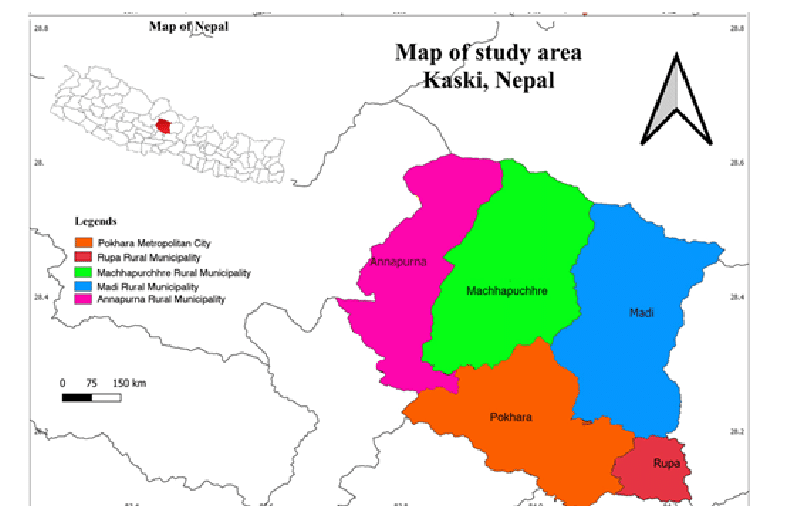
Ethnic Diversity and Culture
Kaski District is a melting pot of various ethnic groups, including Gurung, Magar, Brahmin, Chhetri, and Newar communities. Traditional dances such as Lakhe, Maruni, and Ghatu reflect the rich cultural heritage of the region. These cultural traditions attract visitors interested in exploring the local way of life. Cultural festivals such as Dashain and Tihar are celebrated with great enthusiasm and attract tourists to witness the festivities.
Tourism Statistics
Visitor Arrivals : In 2024, Nepal welcomed 1,147,567 international visitors, marking a 13.1% increase from 2023 and reaching 96% of pre-pandemic levels. Pokhara has seen a steady increase in tourist arrivals, with approximately 250,000 tourists expected to visit in 2024, up from 230,000 in 2023. This includes trekkers, adventure enthusiasts, and cultural visitors.

Pokhara’s Trekker Influx : In 2022, Pokhara received approximately 129,000 trekkers, a decrease from 181,000 in 2019 due to the pandemic. However, the first quarter of 2023 saw around 33,000 foreign tourists, indicating a resurgence in tourism. In 2024, it is projected that around 140,000 trekkers will visit Pokhara, driven by the popularity of trekking routes like Annapurna Base Camp, Mardi Himal, and Ghorepani Poon Hill.
Conclusion
Pokhara and Kaski District offer a unique blend of natural beauty, cultural richness, and adventure opportunities. From serene lakes and challenging treks to vibrant cultural sites, the region caters to a diverse range of interests, making it a must-visit destination in Nepal. The continued growth in tourist arrivals, particularly in 2024, underscores the region’s rising prominence as a key tourist hub in Nepal.
Written By: Pari Adhikari (Tourism Professional and Trekking Guide)
